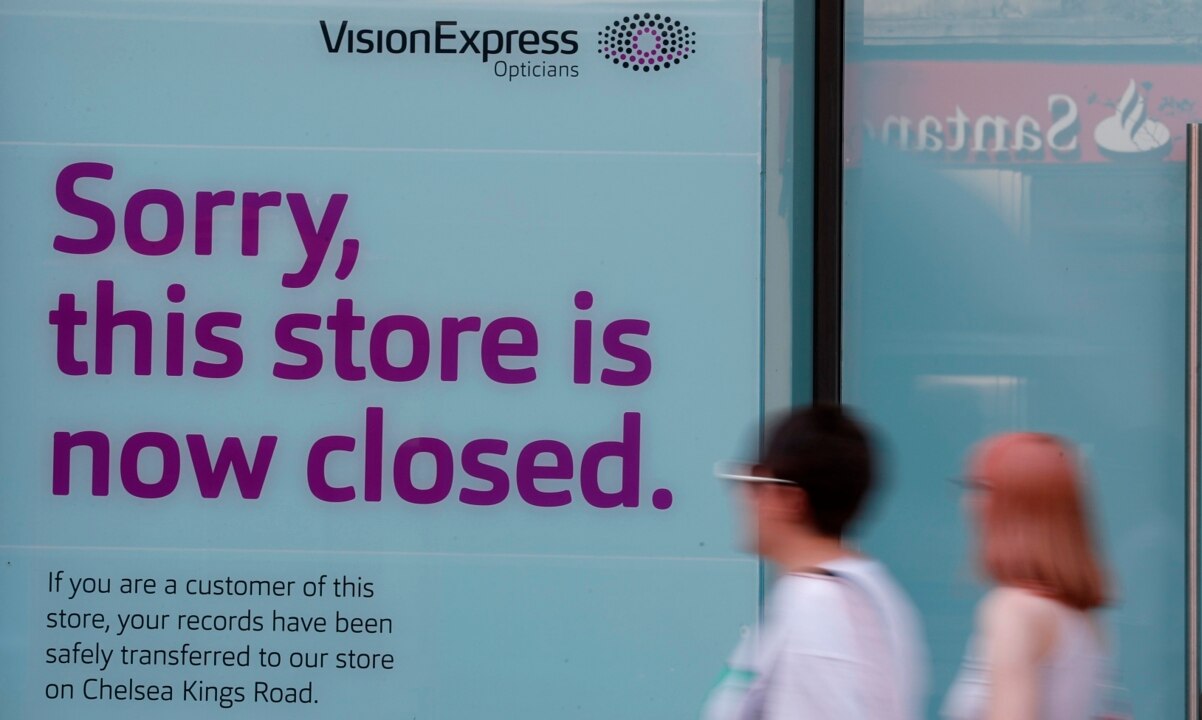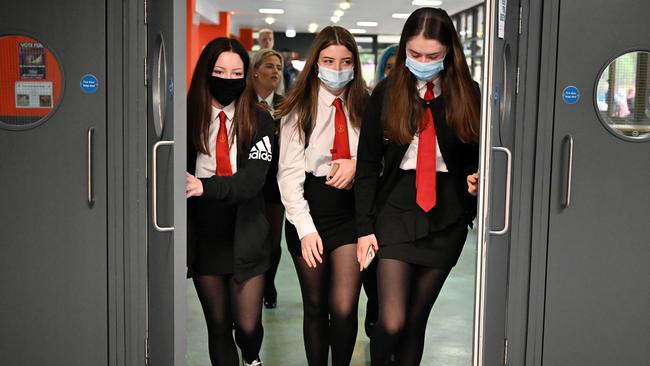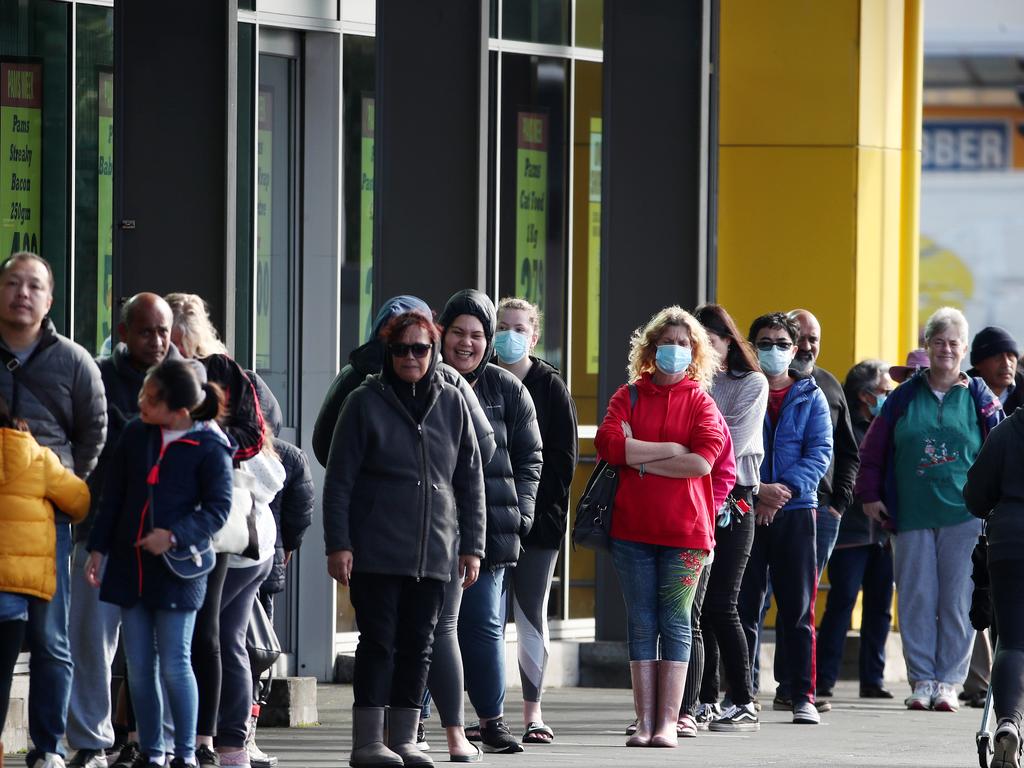New method of counting slashes UK’s official Covid-19 death toll
The UK’s official coronavirus daily death toll is expected to fall by up to three quarters after ministers switched its counting methodology.

Britain’s official coronavirus daily death count is expected to fall by up to three-quarters after ministers switched to a method designed to spot a second wave more quickly and avoid needlessly scaring people.
Britain’s overall total death toll has been cut by more than 5000 to 41,329 after England decided to include only those who died within 28 days of testing positive for coronavirus. However, scientists have told ministers this will underestimate the true numbers, wrongly excluding thousands of people dying of “long COVID”.
In a compromise, Public Health England will carry on publishing the existing 28-day measure and add a new weekly figure using a “60-day plus” cut-off. This allows for the inclusion of those who died later after a positive test and had COVID-19 mentioned on their death certificate.
The result is five different ways of counting the pandemic’s toll. Health Secretary Matt Hancock ordered a review into death counting three weeks ago after being alerted that PHE included anyone who had tested positive for coronavirus in the official tally, whatever their actual cause of death.
At the height of the pandemic, this made little difference, with 99 per cent of those who died after testing positive doing so within a month. However, the discrepancy has grown, with the average time between testing and death now 76 days and most thought to die of other causes.
Ministers wanted to switch to a 28-day cut-off to bring England into line with Scotland. Using the old method, England recorded 2158 deaths in July, against nine in Scotland, which has always used a 28-day cut-off.
In the week to July 24, the old PHE measure counted 442 deaths but the new measure, with a 28-day cut-off, would have counted only 111, a fall of three-quarters, suggesting the daily death count will drop significantly under the new approach.

The extra measure that counts deaths within 60 days, along with those occurring later where COVID-19 was mentioned on the death certificate, would have included 237.
The Office for National Statistics, which includes all deaths where COVID-19 is mentioned on a death certificate whether or not someone had a test, recorded 207 deaths that week.
The most comprehensive measure is thought to be “excess deaths”, counting how many more people are dying than usual, which also captures those killed indirectly by lockdown or lack of access to NHS care. This measure, by which the ONS recently judged Britain as having the worst death rate in Europe, is unaffected by the change.
PHE accepts that a 28-day cut-off is a more responsive measure that can spot any rise in deaths more quickly, and is more suitable for this stage of the pandemic. The agency said that the previous measure was right for the height of the pandemic and recommended by the World Health Organisation.
John Newton, director of health improvement at PHE, said: “The way we count deaths in people with COVID-19 in England was originally chosen to avoid underestimating deaths caused by the virus in the early stages of the pandemic.
“Our analysis of the long-term impact of the infection now allows us to move to new methods, which will give us crucial information about both recent trends and overall mortality burden due to COVID-19.”
Keith Neal, of the University of Nottingham, said: “The two new measures are sensible. The 28 days is widely used in many countries and England is now the same as the rest of the UK. One issue with 28 days is that some people are in intensive care for longer than 28 days and will not require a further test (or it may be negative later in the illness) and can clearly die from COVID.
“The previous measure of always being a COVID death even if recovered was unscientific. As COVID deaths fall, the number of recovered patients, particularly the very old and those with severe underlying conditions are now dying from these conditions and not COVID-19.”
The Times





